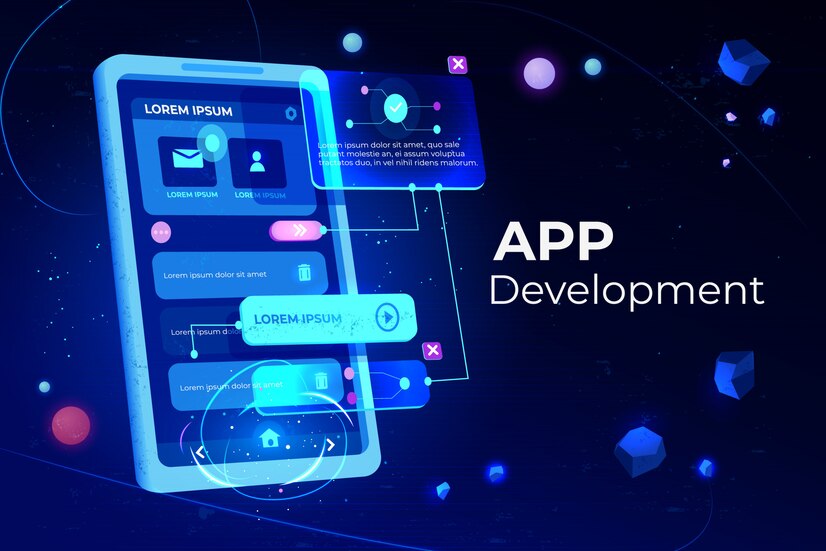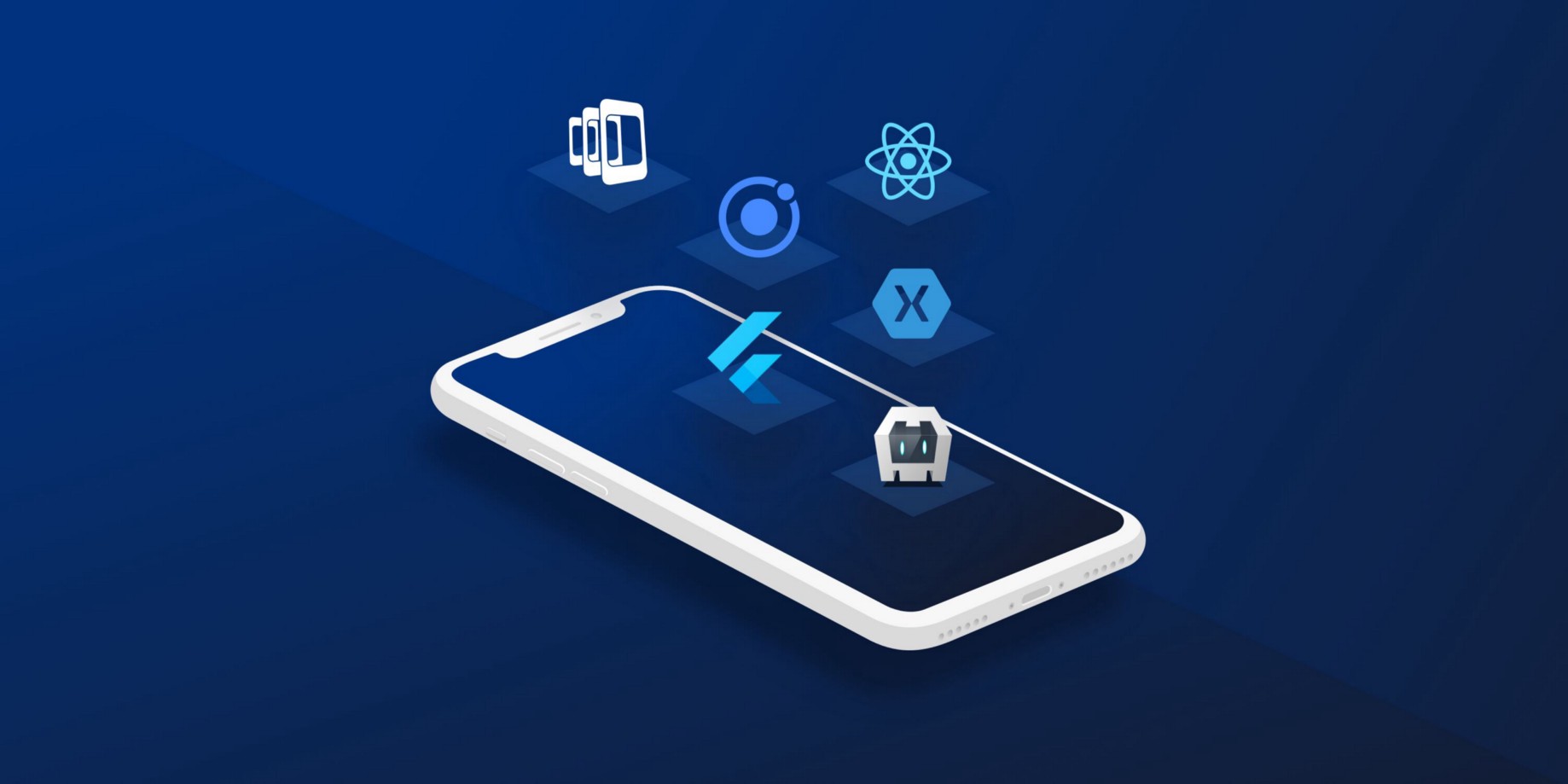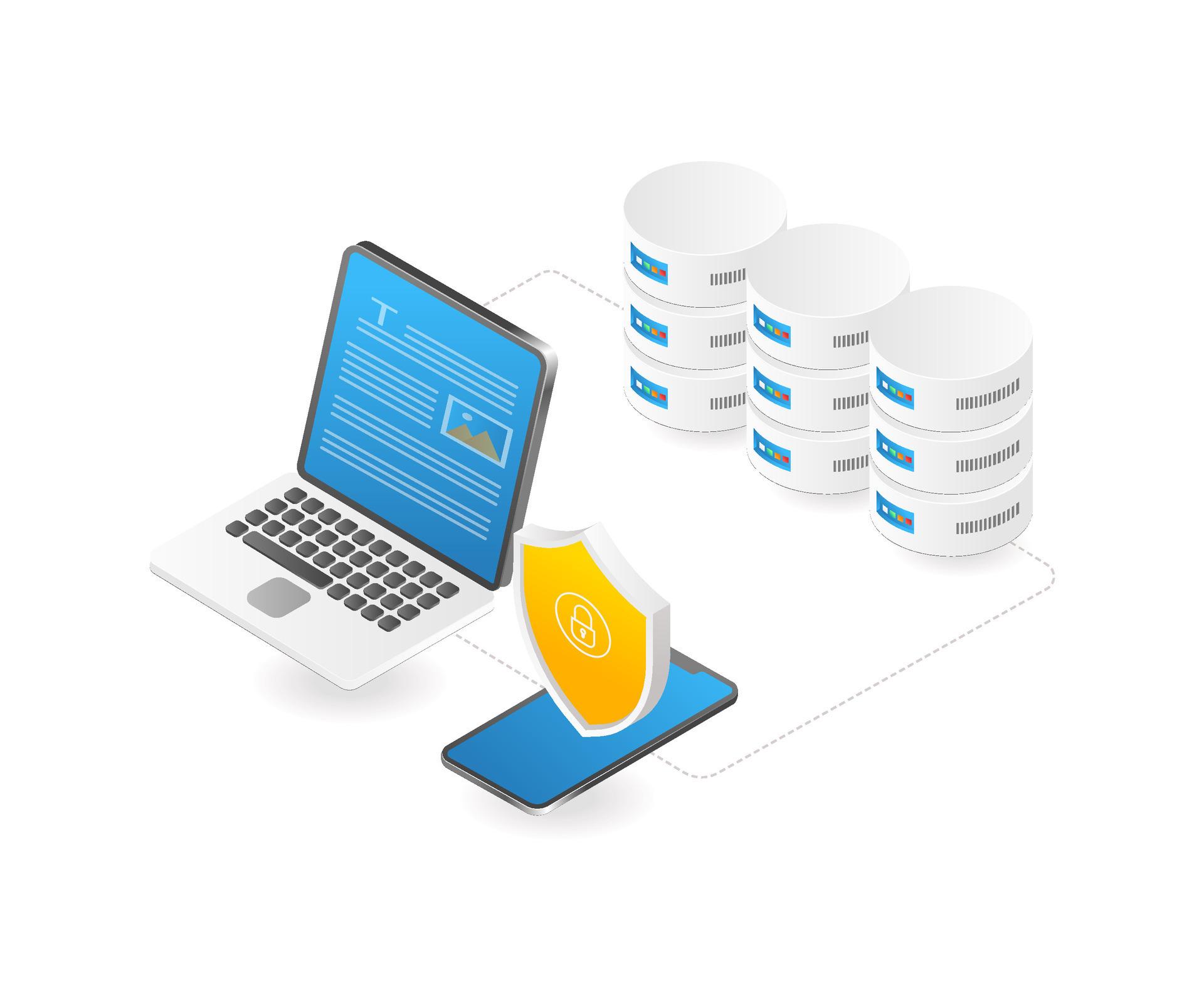App development: Definition, Types and Cost in Asia

What is App Development
App development is a comprehensive process involving the creation and refinement of software applications for diverse devices such as smartphones, tablets, computers, and other electronic gadgets. This process involves designing, coding, testing, and deploying software applications for specific operating systems (such as iOS, Android, Windows, or web-based platforms).
The app development journey involves a meticulous blend of creativity, technical expertise, and responsiveness to user needs. From inception to deployment and ongoing enhancements, developers navigate through a series of steps, refining and evolving the application to deliver a seamless, engaging, and valuable user experience in a competitive digital landscape.
Types of App Development
App development spans various types, tailored to meet specific user needs, platforms, and functionalities. Here are some common types of app development:
- Native App Development: Native apps are built for a particular operating system, such as iOS or Android, using platform-specific languages like Swift or Objective-C for ios app development and Java or Kotlin for Android. They offer high performance and a better user experience by leveraging the device's capabilities fully. However, separate development is needed for each platform.
- Cross-Platform App Development: Cross-platform apps are developed to run on multiple platforms using a single codebase. Technologies like React Native, Flutter, and Xamarin allow developers to write code once and deploy it across various platforms, reducing development time and cost.
- Web App Development: Web applications are accessed through web browsers and don't require installation from an app store. They are developed using web technologies like HTML, CSS, and JavaScript and can run on different devices with internet connectivity. Progressive Web Apps (PWAs) are a modern form of web apps that offer app-like features such as offline functionality and push notifications.
- Hybrid App Development: Hybrid apps combine elements of both native and web applications. They are developed using web technologies but are wrapped in a native container, allowing them to be distributed through app stores. Frameworks like Ionic and Cordova facilitate hybrid app development.
- Progressive Web Apps (PWAs): PWAs are a type of web app that uses modern web capabilities to deliver an app-like experience to users. They work offline, offer push notifications, and can be installed on a device's home screen without needing an app store.
- Enterprise App Development: Enterprise apps are designed to address the specific needs of businesses and organizations. These apps often focus on improving internal processes, enhancing productivity, and facilitating communication among employees.
Each type of app development has its advantages and considerations based on factors such as target audience, functionality, budget, and project requirements.
Steps to develop an app
Developing an app involves several essential steps to ensure a smooth and successful process. Here's a general outline of the steps involved in app development:
- Define the Concept and Goals: Start by defining the app's purpose, target audience, core features, and the problem it aims to solve. Conduct market research to understand user needs and preferences.
- Plan and Sketch: Create a detailed plan outlining the app's functionalities, user flow, and rough sketches or wireframes illustrating the app's layout and design.
- Designing the UI/UX: Craft an engaging and user-friendly interface by creating prototypes, mockups, and visual elements using tools like Adobe XD, Sketch, or Figma.
- Technology Stack Selection: Choose appropriate technologies, programming languages, and frameworks based on the platform (iOS, Android, web) and specific app requirements.
- Development: Write code aligned with the design and technical specifications. Native apps necessitate platform-specific languages (Swift, Objective-C for iOS; Java, Kotlin for Android), while cross-platform apps may utilize frameworks like React Native, Flutter, or Xamarin.
- Testing: Conduct rigorous tests to identify and rectify bugs and ensure the app's seamless functionality. This includes various tests covering functionality, usability, performance, security, and device compatibility.
- Deployment: Prepare the app for release on app stores (e.g., Google Play Store, Apple App Store) or other distribution channels. Adhere to submission guidelines and procedures for app icons, descriptions, and developer accounts.
- Launch: Release the app publicly following approval from respective app stores or platforms. Utilize marketing efforts to announce the launch and gather initial user feedback.
- Feedback Collection and Iteration: Gather user feedback and analytics to comprehend user behavior and preferences. Utilize this insight to enhance the app by releasing updates, integrating features, and improving the user experience.
- Maintenance and Support: Continuously monitor the app for issues, bugs, and compatibility concerns. Regular updates ensure performance enhancements, bug fixes, and alignment with new devices or OS versions.
These steps may vary based on the complexity of the app, development approach, and specific requirements. Effective collaboration among designers, developers, testers, and stakeholders is pivotal for achieving success throughout the app development process.
Average App Development Cost
In Asia, the cost of app development generally tends to be more affordable compared to regions like North America or Western Europe. However, app development costs can vary significantly across different countries in Asia due to factors like the app's complexity, the level of expertise required, the development approach, and specific project requirements.
Factors influencing the variations in app development costs across these countries include
- Complexity of the Project: More intricate projects with advanced features such as real-time synchronization, complex databases, or AI functionalities generally incur higher costs.
- Developer Expertise: Rates may vary based on the skill level and experience of the development team.
- Project Scope and Requirements: Specific functionalities, design intricacies, and the need for backend infrastructure can impact the overall cost.
- Location: Costs might differ within a country, depending on the city or region where the development team is located.
App Development Cost In Singapore
As a technologically advanced country, Singapore tends to have higher app development costs compared to many other Asian nations. Apps development company Singapore rates typically range from $100 to $250 or more per hour. The higher app development Singapore costs reflect the country's high standard of living, skilled workforce, and advanced technology infrastructure.
App Development Cost In Malaysia
Malaysia's app development costs usually fall in the range of $30 to $100 or more per hour. The rates may differ based on the project's complexity, the expertise of the development team, and the specific requirements.
App Development Cost In India
Known for its thriving IT industry and a vast pool of tech talent, India offers cost-effective app development services. Hourly rates generally span from $20 to $80+ per hour. However, the rates may fluctuate based on the developer's experience, city, and the complexity of the project.
App Development Cost In Vietnam
Vietnam is recognized for its competitive rates in the software development industry. App development costs in Vietnam may vary between $20 to $80 or more per hour, offering quality services at more affordable rates compared to Singapore and Malaysia.
Conclusion
App development in Asia, especially Vietnam, presents a spectrum of options, from high-end tech hubs with higher costs to countries offering competitive rates. Understanding the nuances of each country's tech landscape, evaluating specific project requirements, and choosing the right development partner are crucial for successful and cost-effective app development in the region.


